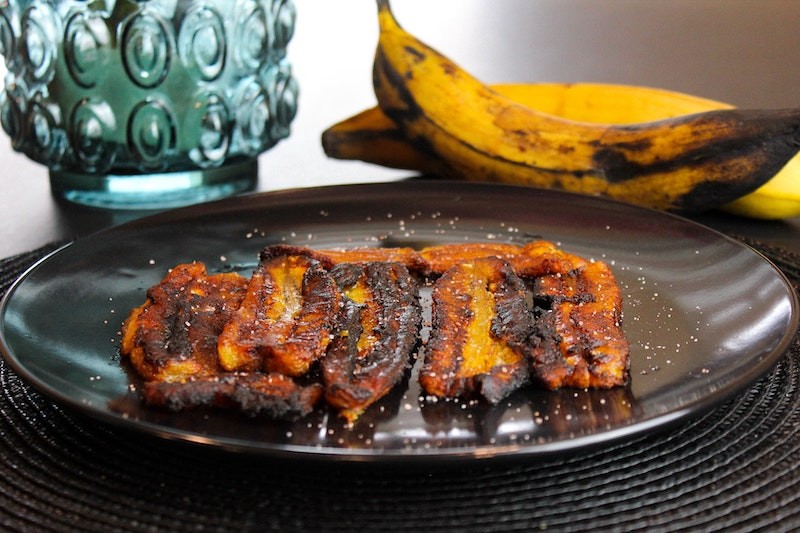
In recent years, plantains have gained attention as a potential nutritional supplement for dogs. These starchy fruits, distinct from common bananas, offer a rich source of dietary fiber, vitamins (A, B6, C), and essential minerals like potassium and magnesium. While naturally safe for canine consumption, plantains require proper preparation—typically cooked rather than raw—to ensure digestibility and maximize their health benefits. Their anti-inflammatory and antibacterial properties, combined with their role in blood sugar regulation and immune system support, make them a promising dietary addition. However, portion control and appropriate preparation methods are crucial for safely incorporating plantains into a dog's diet.
Health Benefits and Risks of Feeding Plantains to Dogs
Nutrient Profile and Benefits
Plantains offer several nutritional benefits for dogs when prepared properly. They contain essential vitamins and minerals including vitamin C, A, B6, potassium and magnesium. The high fiber content helps with blood sugar regulation and digestion.
Safe Preparation Guidelines
Raw plantains should never be given to dogs as they pose a choking hazard. The safest preparation methods are steaming, roasting or boiling. The plantain should be peeled and cut into small, bite-sized pieces before serving. Fried plantains or plantain chips should be avoided due to added oils and seasonings that can cause gastrointestinal issues. Moderation is key - plantains should only be given as an occasional treat, starting with small amounts to monitor for any adverse reactions.
What Are Plantains and Their Nutritional Benefits for Dogs
Understanding Plantain Types
Plantains come in two distinct varieties: French plantain with large bunches and horn plantain with smaller bunches. Both originate from Southeast Asia. It's crucial to distinguish between plantain fruit and plantain lily (Hosta genus), as the latter is toxic to dogs.
Safe Feeding Guidelines and Preparation
While the previous section covered general preparation methods, specific cooking techniques are essential. Plantains must be fully ripened before cooking, indicated by a yellow to brown color. When preparing, remove the entire peel and avoid adding any seasonings or oils. For optimal digestion, cut cooked plantains into pieces no larger than 1/2 inch. Feeding frequency should be limited to 1-2 small pieces per week for medium to large dogs, with proportionally smaller amounts for smaller breeds. Dogs with diabetes or weight issues should avoid plantains due to their high glycemic index.
Conclusion
Plantains can be safely fed to dogs as an occasional treat when properly prepared, offering beneficial nutrients like vitamins C, A, B6, potassium, magnesium, and fiber that support digestion and overall health. However, proper preparation is crucial - plantains must be fully ripened, peeled, cooked (through steaming, roasting or boiling), and cut into small pieces. Raw plantains and fried preparations should be avoided.
The research indicates that moderation is essential when feeding plantains to dogs, with recommended serving sizes of 1-2 small pieces per week for medium to large breeds, and less for smaller dogs. Dogs with diabetes or weight issues should avoid plantains due to their high glycemic index. While plantains can be a healthy treat option, they should only complement a complete and balanced dog diet, not serve as a dietary staple. Pet owners should always introduce plantains gradually and monitor their dogs for any adverse reactions.